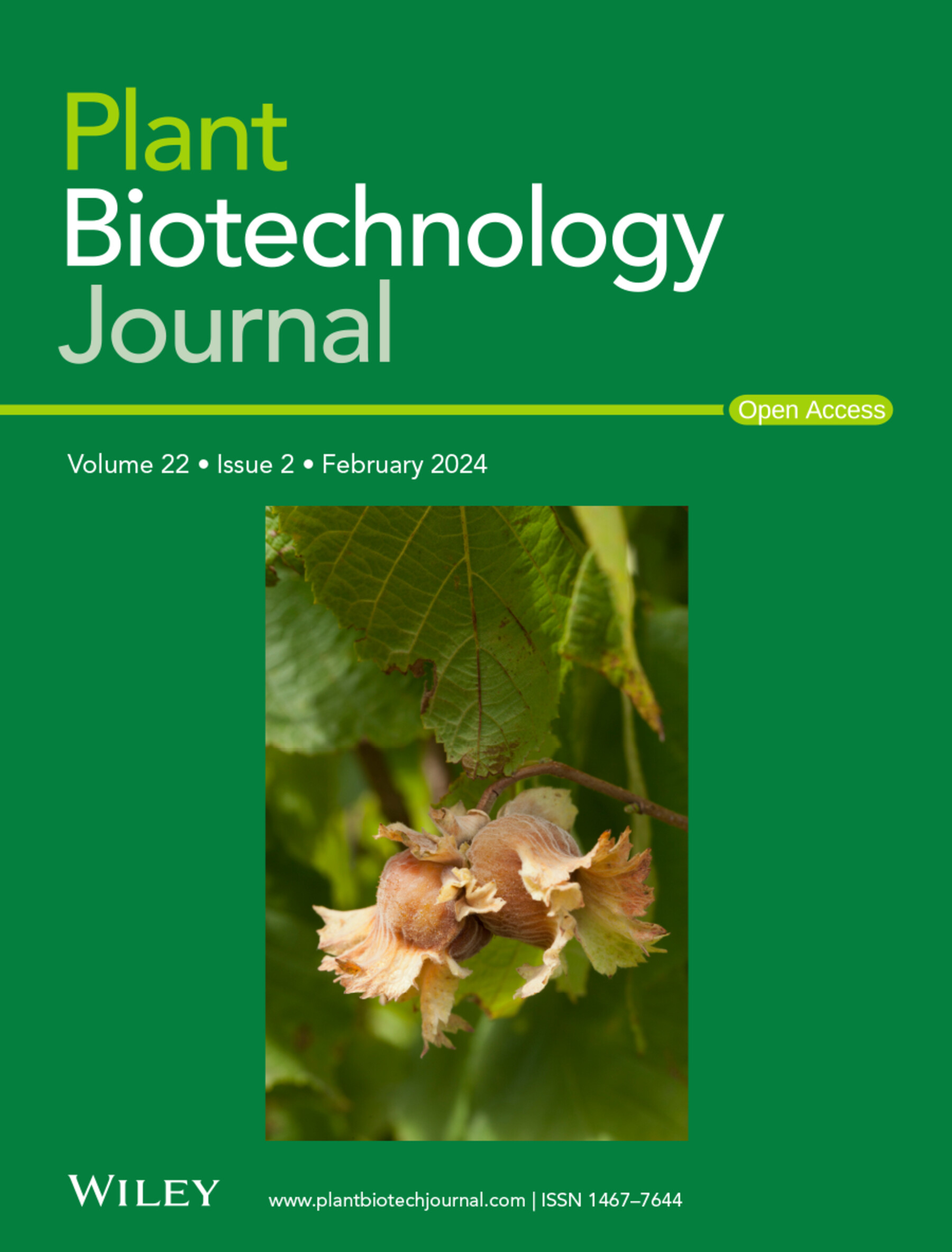Genetic diversity and adaptive evolutionary history of Sapindus in China: insights from whole-genome resequencing of 100 representative individuals
IF 10.1
1区 生物学
Q1 BIOTECHNOLOGY & APPLIED MICROBIOLOGY
引用次数: 0
Abstract
Sapindus is an important forest tree genus with utility in biodiesel, biomedicine, biochemistry and forestry. Similar to many perennial crop plants, its breeding is hampered by long generation times and lack of genetic resources. To understand the genome evolution underlying the important bioeconomic traits, we carried out a common garden experiment with 100 Sapindus core germplasm individuals representing three endemic species and 60 populations sampled throughout China. Whole genome sequencing identified a split into six populations according to species and geography. The previously uncharacterized S. delavayi and S. rarak are diploid species, and here we propose hypotheses for their speciation. Selective sweeps suggested stress responses as well as alleles of the genes CYP716A, CAMTA and HD-ZIP involved in triterpenoid saponin biosynthesis to have been under selection in natural populations, while genome-wide association analysis revealed several homologues of fatty acid biosynthesis genes to be associated with kernel fatty acid quality. Our findings elucidate the genetic structure of Sapindus in China, provide target loci for selection and suggest cultivar materials for genetic improvement.中国无尾树的遗传多样性和适应性进化史:来自100个代表性个体全基因组重测序的见解
皂角属是一种重要的森林树种,在生物柴油、生物医药、生物化学和林业等方面具有广泛的应用价值。与许多多年生作物植物类似,它的育种受到长世代和缺乏遗传资源的阻碍。为了了解重要生物经济性状背后的基因组进化,我们在中国各地取样了3个特有种和60个居群的100个无子属核心种质进行了共同园林实验。根据物种和地理位置,全基因组测序将其分为六个种群。先前未被鉴定的S. delavayi和S. rarak是二倍体物种,在此我们对它们的物种形成提出假设。选择性扫描结果表明,自然种群中胁迫应答以及参与三萜皂苷生物合成的基因CYP716A、CAMTA和HD-ZIP等位基因已被选择,而全基因组关联分析显示脂肪酸生物合成基因的几个同源基因与籽粒脂肪酸质量相关。本研究结果阐明了中国无子属植物的遗传结构,为其选择提供了目标位点,并为遗传改良提供了栽培材料。
本文章由计算机程序翻译,如有差异,请以英文原文为准。
求助全文
约1分钟内获得全文
求助全文
来源期刊

Plant Biotechnology Journal
生物-生物工程与应用微生物
CiteScore
20.50
自引率
2.90%
发文量
201
审稿时长
1 months
期刊介绍:
Plant Biotechnology Journal aspires to publish original research and insightful reviews of high impact, authored by prominent researchers in applied plant science. The journal places a special emphasis on molecular plant sciences and their practical applications through plant biotechnology. Our goal is to establish a platform for showcasing significant advances in the field, encompassing curiosity-driven studies with potential applications, strategic research in plant biotechnology, scientific analysis of crucial issues for the beneficial utilization of plant sciences, and assessments of the performance of plant biotechnology products in practical applications.
 求助内容:
求助内容: 应助结果提醒方式:
应助结果提醒方式:


